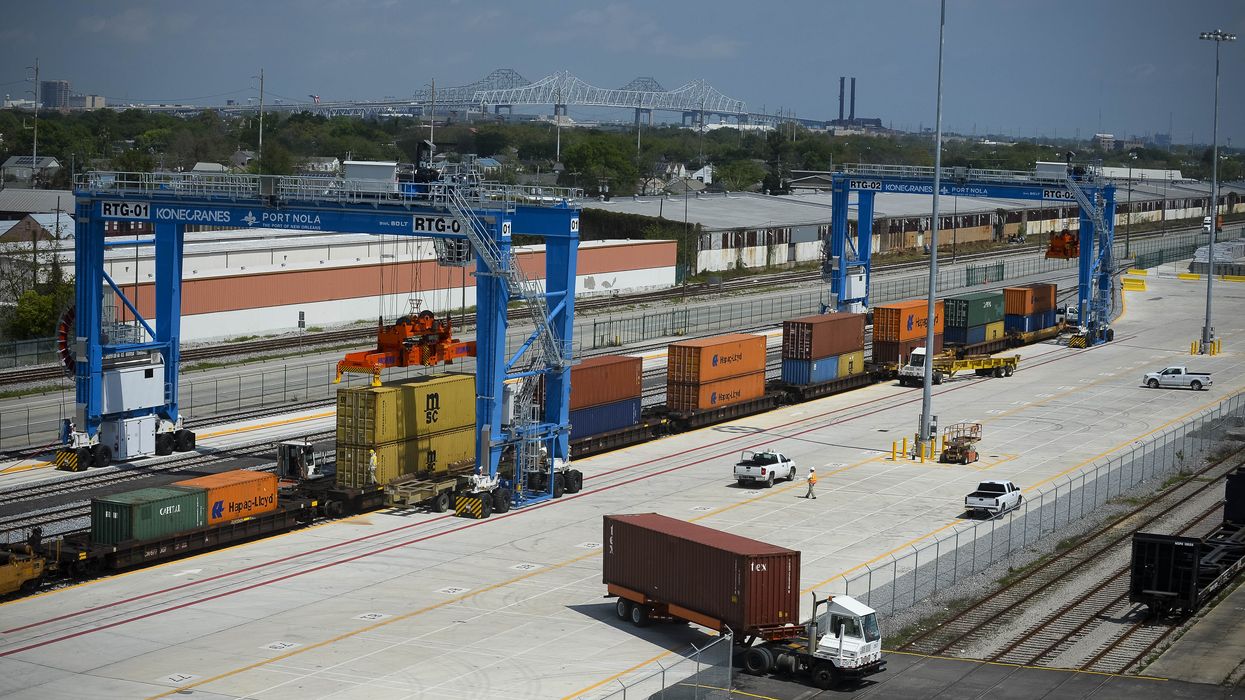As the hours tick down toward a “seemingly imminent” strike by East Coast and Gulf Coast dockworkers, experts are warning that the impacts of that move would mushroom well-beyond the actual strike locations, causing prevalent shipping delays, container ship congestion, port congestion on West coast ports, and stranded freight.
However, a strike now seems “nearly unavoidable,” as no bargaining sessions are scheduled prior to the September 30 contract expiration between the International Longshoremen’s Association (ILA) and the U.S. Maritime Alliance (USMX) in their negotiations over wages and automation, according to the transportation law firm Scopelitis, Garvin, Light, Hanson & Feary.
The facilities affected would include some 45,000 port workers at 36 locations, including high-volume U.S. ports from Boston, New York / New Jersey, and Norfolk, to Savannah and Charleston, and down to New Orleans and Houston. With such widespread geography, a strike would likely lead to congestion from diverted traffic, as well as knock-on effects include the potential risk of increased freight rates and costly charges such as demurrage, detention, per diem, and dwell time fees on containers that may be slowed due to the congestion, according to an analysis by another transportation and logistics sector law firm, Benesch.
The weight of those combined blows means that many companies are already planning ways to minimize damage and recover quickly from the event. According to Scopelitis’ advice, mitigation measures could include: preparing for congestion on West coast ports, taking advantage of intermodal ground transportation where possible, looking for alternatives including air transport when necessary for urgent delivery, delaying shipping from East and Gulf coast ports until after the strike, and budgeting for increased freight and container fees.
Additional advice on softening the blow of a potential coastwide strike came from John Donigian, senior director of supply chain strategy at Moody’s. In a statement, he named six supply chain strategies for companies to consider: expedite certain shipments, reallocate existing inventory strategically, lock in alternative capacity with trucking and rail providers , communicate transparently with stakeholders to set realistic expectations for delivery timelines, shift sourcing to regional suppliers if possible, and utilize drop shipping to maintain sales.
















